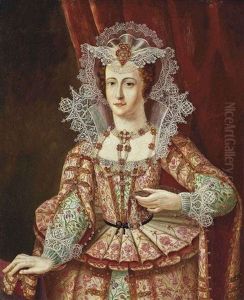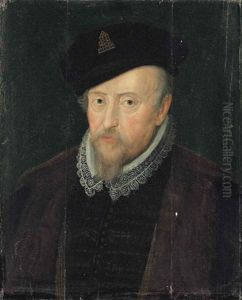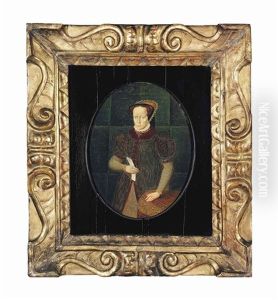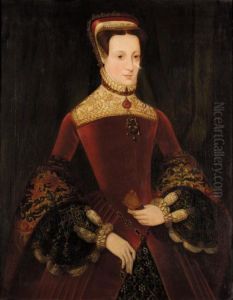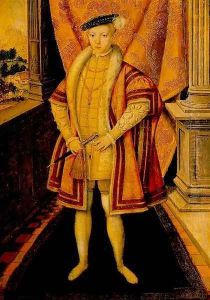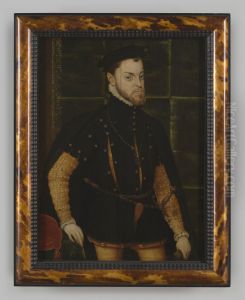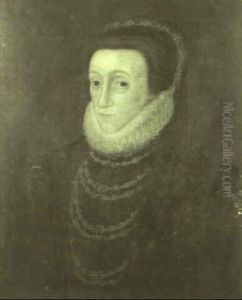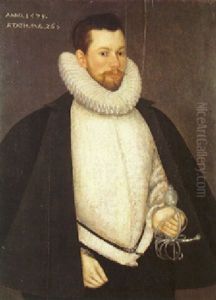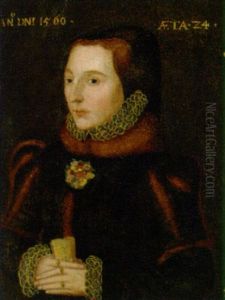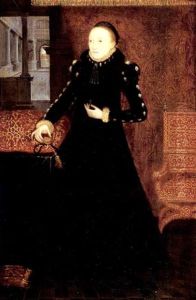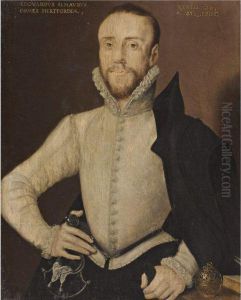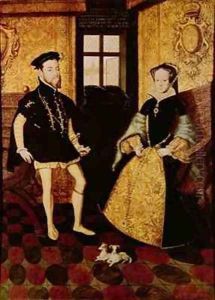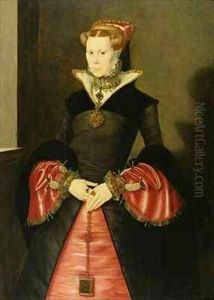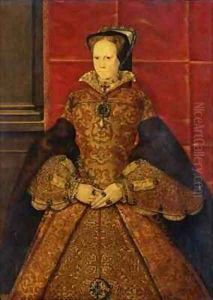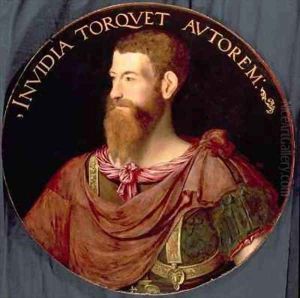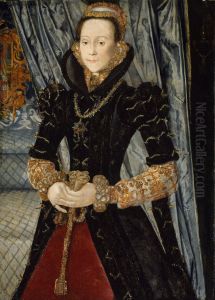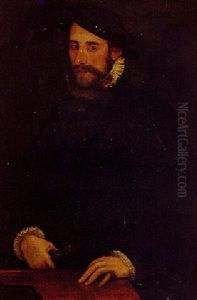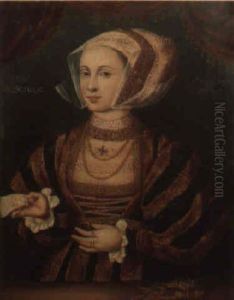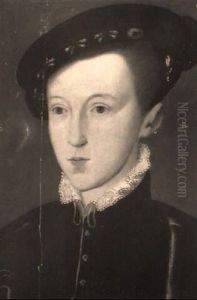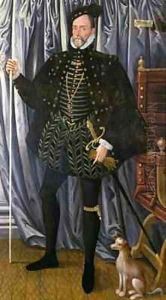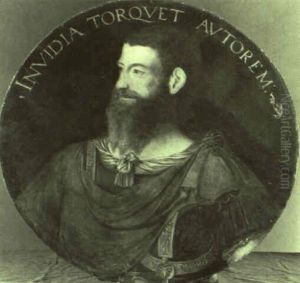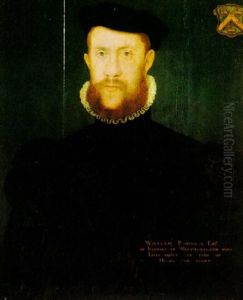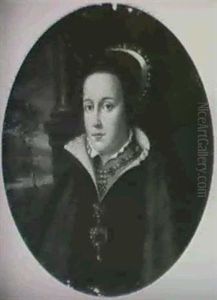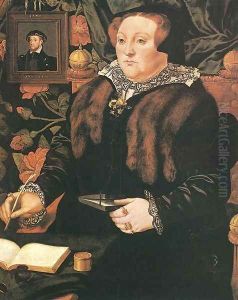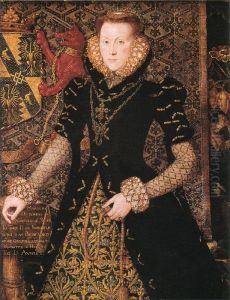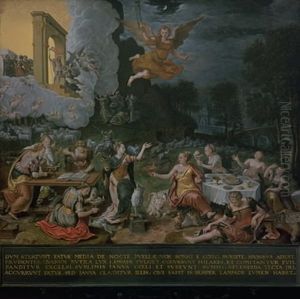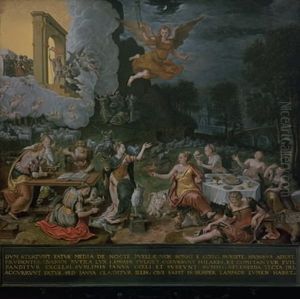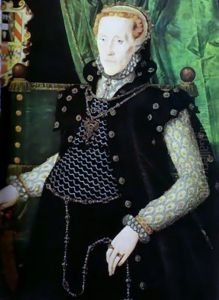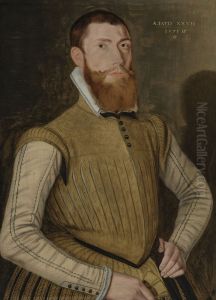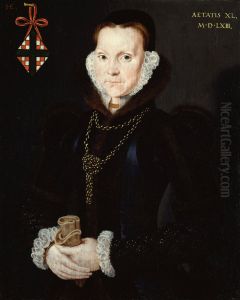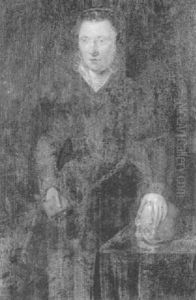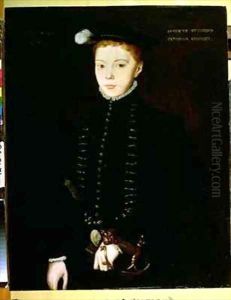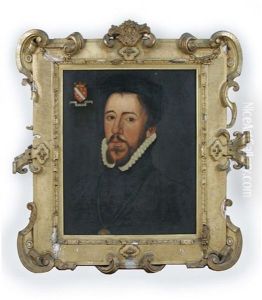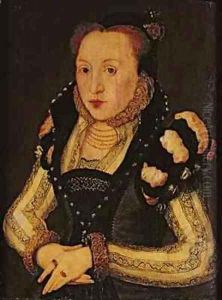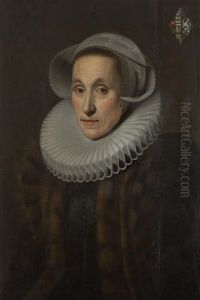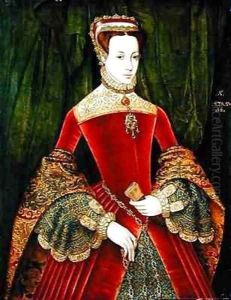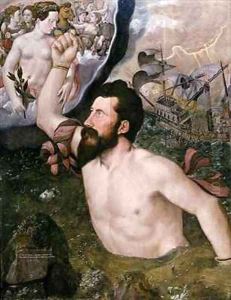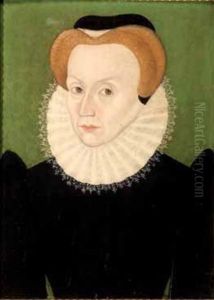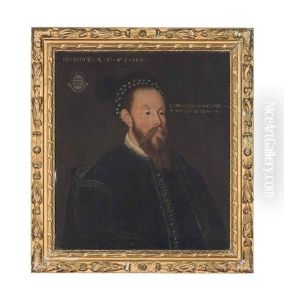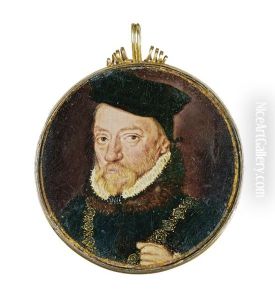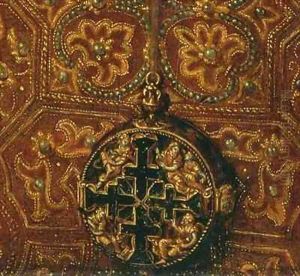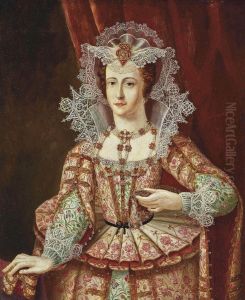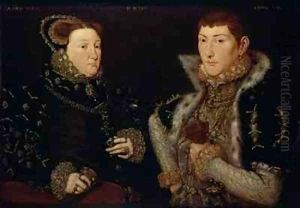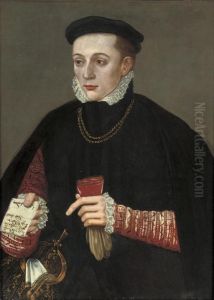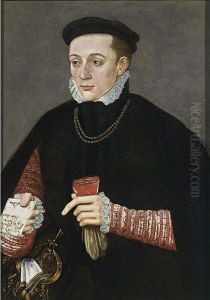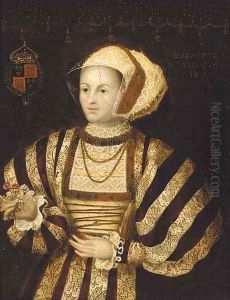Hans Eworth Paintings
Hans Eworth was a painter of Flemish origin who became a notable figure in Tudor England, especially during the reigns of Mary I and Elizabeth I. He is thought to have been born around 1525, although the exact date and place of his birth remain uncertain. Eworth's early life is largely undocumented, but it is believed that he, like many artists of his time, moved to England in search of patronage and opportunities amidst the religious and political turmoil in the Low Countries.
Eworth's arrival in England in the mid-16th century marked the beginning of a successful career as a portraitist and narrative painter. He quickly established himself in London, becoming a favorite among the nobility for his sophisticated style and ability to capture the likeness and character of his subjects. Eworth's work is characterized by meticulous attention to detail, rich colors, and intricate backgrounds that often include symbolic elements.
One of Eworth's most significant commissions came from Queen Mary I, who employed him for several portraits. His depiction of the queen emphasized her regal bearing and legitimacy to the throne, an important aspect during her tumultuous reign. Eworth's portraits from this period are notable for their elaborate costumes and detailed jewelry, reflecting the wealth and status of his subjects.
After Mary's death and the ascension of Elizabeth I, Eworth continued to find favor. His ability to adapt his style to suit the changing tastes of the Elizabethan court ensured his continued success. Although he never became an official court painter, his portraits of Elizabethan nobles and courtiers remain some of the most valuable records of the period's fashion and culture.
Despite his success, little is known about Eworth's personal life, and he seems to have died around 1590, with few records documenting his later years. Today, Hans Eworth is remembered for his contribution to Tudor art, particularly for his portraits that capture the complexity and elegance of an era that bridged the medieval and modern worlds.
